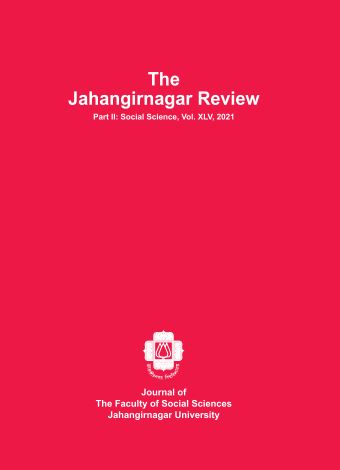Socio-economic and Political Status of Rural Leaders: Case Study of Sanora Union in Bangladesh
Main Article Content
Abstract
Understanding the socio-economic and political status of the formal and informal leaders of the Union makes it easier to understand their role in the activities of the Union. The socio-economic and political status of the formal and informal leaders of the Union is discussed in this study. As Bangladesh is a major agricultural country in the thirld world, it has had an impact on the socio-economic and political status of rural leaders. In this study, data has been collected by asking the question directly from the selected leaders for the research. In addition to asking a direct question, the observation method has been used in the study. Ownership of agricultural land decreased among the leaders of Sanora Union in 2017 as compared to 1990. Business has increased among rural leaders. In 1990, 26% of rural leaders were involved in business. But in 2017, 32% of rural leaders were involved in business. In 1990, 60% of rural leaders were involved in agriculture. But in 2017, 36% of rural leaders were involved in agricultural sector. In 1990, the annual income of 38% of the leaders was 0- 60,000 taka(BDT). But in 2017, the annual income of 50% of the leaders ranged from1,20,001-2,40,000 taka(BDT). In 2017, the presence of more young leaders was noticed in Sanora Union. In 1990, 34% of leaders were between the ages of 41 and 50. But in 2017, 42% of leaders were between the ages of 31 and 40. In 1990, 52% of the leaders were educated from class five to class ten. But in 2017, 54% of leaders were educated from S.S.C.(Secondary school certificate) to H.S.C.(Higher secondary certificate). In 2017, 58% of Sanora Union leaders were involved in the politics of Bangladesh awami league. But 40% of Sanora Union leaders were involved in the politics of Bangladesh Nationalist Party(B.N.P.). In 1990, there were more leaders of high lineage but in 2017, there were more leaders of the middle lineage.

